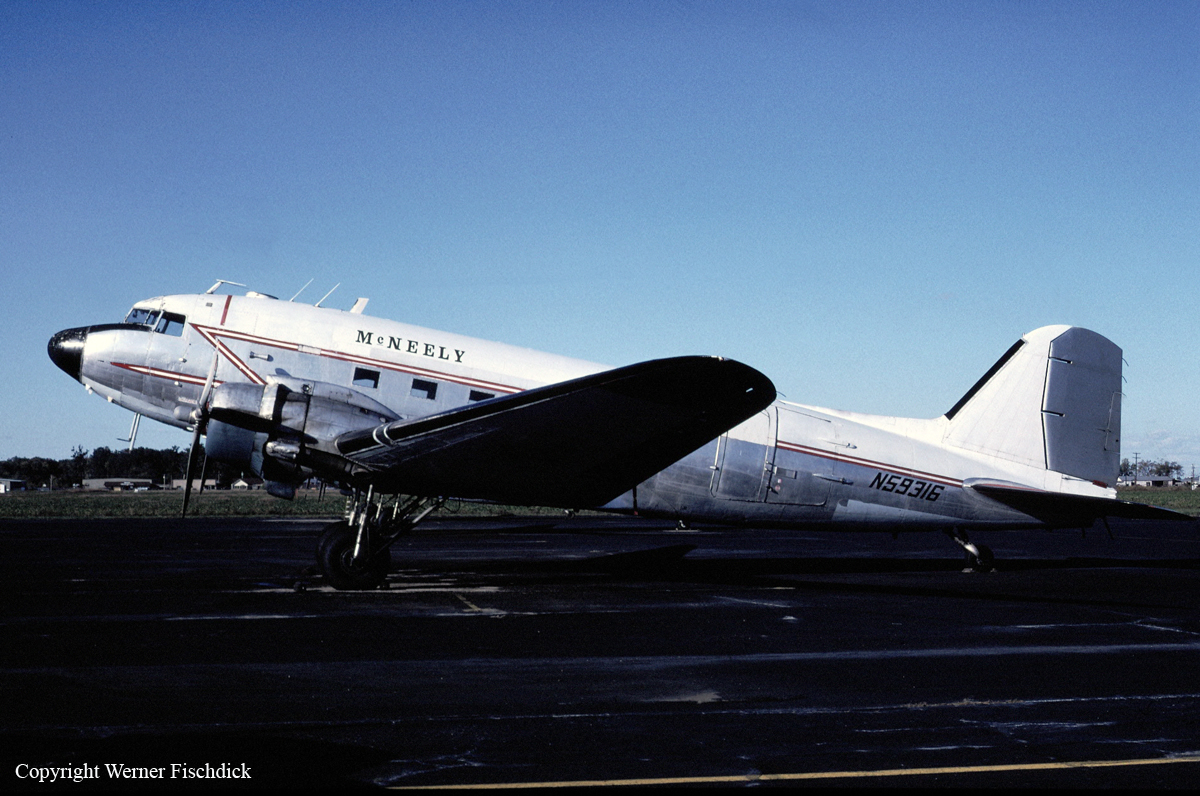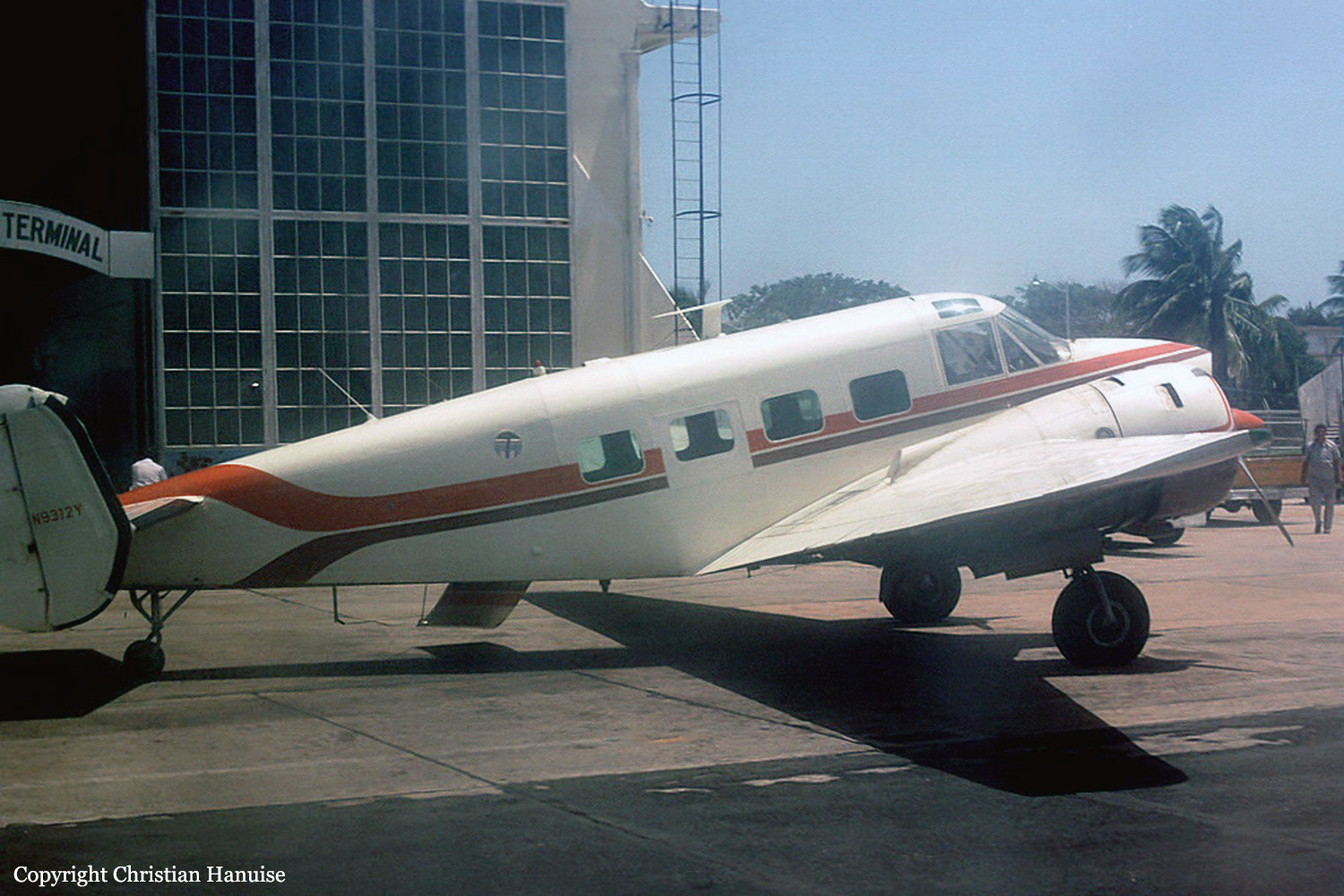Crash of a Douglas DC-3C in Memphis
Date & Time:
Nov 7, 1997 at 1956 LT
Registration:
N59316
Survivors:
Yes
Schedule:
Gulfport - West Memphis
MSN:
18986
YOM:
1943
Crew on board:
2
Crew fatalities:
Pax on board:
0
Pax fatalities:
Other fatalities:
Total fatalities:
0
Captain / Total hours on type:
2603.00
Aircraft flight hours:
24516
Circumstances:
The PIC stated he was established on an instrument approach when the left engine fuel pressure dropped to zero and the engine quit. He moved the fuel selector to the right rear fuel tank and the engine started. He continued the approach for about 2 miles when the right engine quit followed by the left engine. He made a forced landing to a sandbar. Examination of the airplane revealed the fuel tanks were not ruptured and the fuel tanks were empty.
Probable cause:
The pilot-in-command's improper management of fuel resulting in a total loss of engine power on both engines during an instrument approach due to fuel exhaustion.
Final Report:













